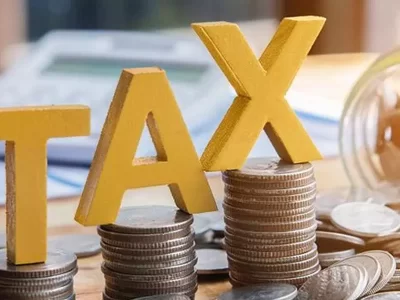With the constant development in technology, we, as consumers, have shifted our way of financial transactions. Mobile banking offers an immense amount of efficiency and convenience, and maybe these are the reasons we love this form of transaction.
But with the convenience comes a sense of fear of compromised security, and mobile banking users also feel the same as there is much confidential information involved while we’re performing transactions, from our bank details to our ATM card. This article will help in ensuring that you have a secure digital wallet
Enable Two-Factor Authentication (2FA)
Two-factor authentication adds layers of security to your mobile banking transactions. It typically involves combining something you know (password) and something you have (e.g., unique code sent). By enabling 2FA, even if someone manages to obtain your login credentials, they cannot access your account without the second authentication factor.
Regularly Update Your Mobile Banking App
Developers continuously come up with new updates to address any security vulnerabilities or bugs. After getting your bank online account open, keep your mobile banking app updated with the latest security patches and features that protects your financial information. These updates also provide us with the latest security measures, which is the main objective of updating our payments applications.
Use Strong and Unique Passwords
Create strong, unique passwords for your mobile banking app. Avoid using common passwords or personal information that can be easily guessed. When you create an online account opening, use strong pins for your ATM card, avoid using your date of birth or your mobile number as your password. Strong passwords always act as a barrier. If you’ve difficulty remembering passwords, you can use password managers to manage your passwords.
Be Mindful of Public Wi-Fi Networks
Public Wi-Fi is loved by hackers as they can intercept your data. Avoid conducting mobile banking transactions or accessing sensitive information while connected to public Wi-Fi. We often don’t pay much attention to these small details, and perform some important transactions, like apply for credit card. This may not seem like a big problem. But hackers easily track this important information. Instead, use a trusted and secure network or a (VPN) to encrypt your connection.
Monitor Your Accounts Regularly
Stay vigilant and monitor your mobile banking transactions regularly. Report suspicious activities or unauthorized transactions to your banking institution immediately. Set up transaction alerts or notifications to receive real-time updates on your account activity. Most of the applications notify you when you perform a transaction, so keep a check on them.
Install Anti-Malware Software
Install reputable anti-malware and security software on your mobile device to protect against viruses, malware, and other threats. Update the software so that it can detect and prevent the latest threats.
Educate Yourself
Stay informed about the latest security practices and emerging threats in mobile banking. Regularly educate yourself about potential risks and ways to mitigate them. Your banking institution may provide security guidelines or resources to help you better understand and protect yourself from mobile banking fraud. Keep learning different things about online banking, from changing passwords to credit card online apply. This ensures you are having the required knowledge of your own account.
Mobile banking is indeed one of the greatest technological developments; with this, it is also crucial to protect our digital wallets. It starts with educating ourselves on the pros and cons of digital banking and how to make the most of these opportunities for online transactions. Staying vigilant against phishing attacks and using strong passwords also helps us stay in a secure financial position.












Comments